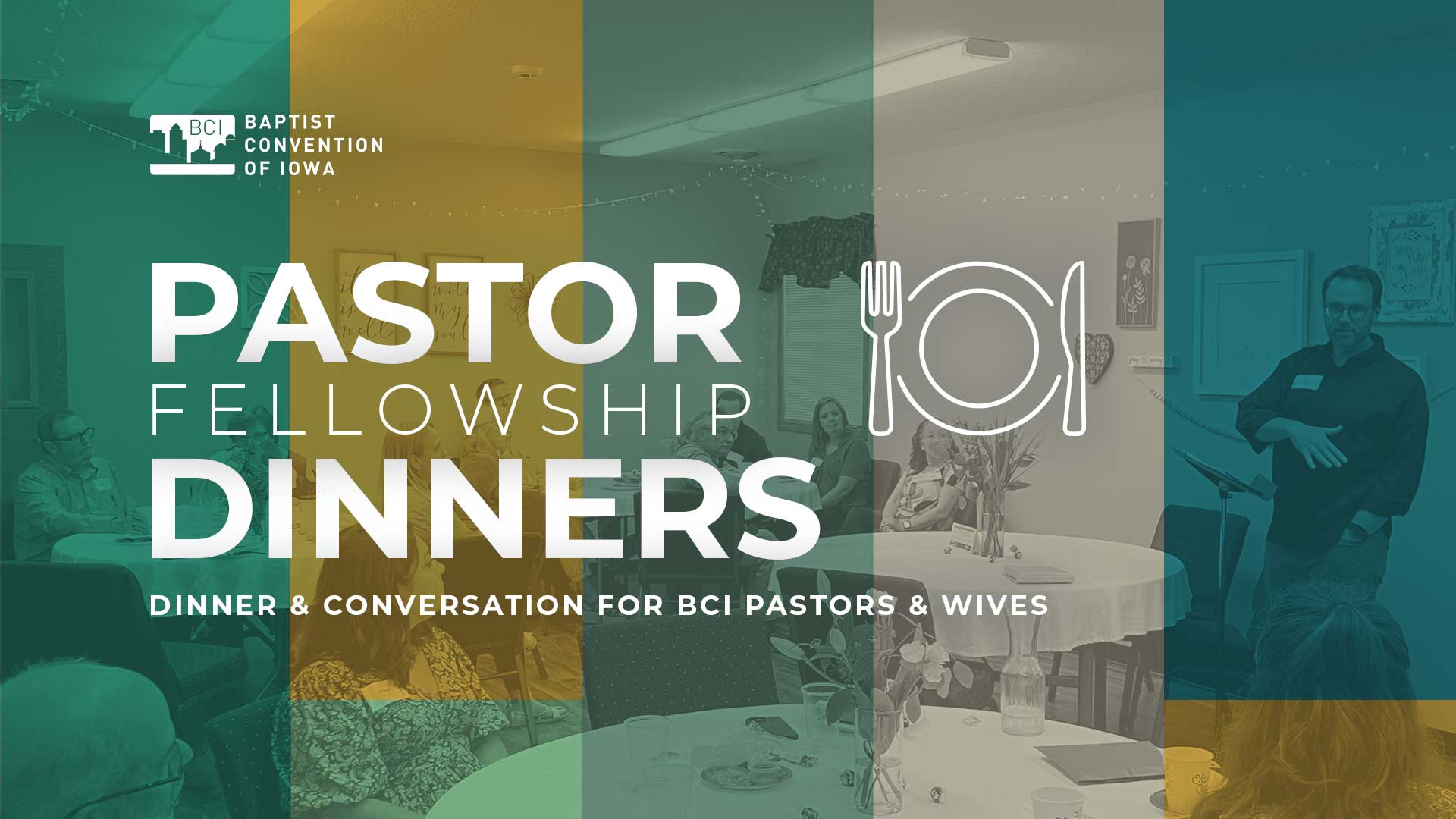B21 Interview with Tim Lubinus
By B21 Staff
Tim Lubinus is the new Executive Director of the Baptist Convention of Iowa. His vision is to get the state convention to a 50/50 split of CP dollars even if that means sacrifice at the local level. We are grateful for Tim’s leadership in this area and pray that this mindset takes root across our conventions. Tim was kind enough to give us this interview.
- You wrote an article that might be considered a little controversial. What caused you to write what you wrote?
Tim Lubinus: When I was with the IMB and on furlough in the States, I sometimes felt like people in churches were given the impression that most Cooperative Program funds went to the IMB. At that time in our state of Iowa, only about ten percent of Cooperative Program funds made it to the IMB. I later learned the percentage was only slightly better in other states. I’d like the Baptist Convention of Iowa to change from sending twenty percent to fifty percent to the Executive Committee as quickly as possible.
- You mention in your article that your state convention may have to decrease expenses, “even if that is uncomfortable.” Why would you willingly decrease your state’s own spending?
Tim Lubinus: I’d answer this question like I would counsel someone who was learning to tithe. At times sacrifice is required for the greater good of the kingdom of God. I’d talk about ways to increase income and decrease expenses. Then I’d encourage him to give ten percent as quickly as possible, even if it means he has to decrease his own spending.
- You mention that state conventions should give half of their income away to the Executive Committee for ministry. Why is this so important to you?
Tim Lubinus: I think that giving half is a good target for state conventions to adequately contribute to international and domestic missions, seminaries, and state convention ministries. I don’t have chapter and verse on this, but like the tithe, I think percentage giving is a good discipline for anyone. If conventions don’t have a fifty percent anchor, there will likely be a budget shortfall, special project, or other temptation to justify increasing the amount that stays in the state. I hope that when Iowa churches discover that more of their funds are going to national and international mission efforts, they will be excited about giving even more generously to the Cooperative Program. When state conventions give more generously to the executive committee this will also give less incentive for churches go around the state conventions to send funds directly to the Executive Committee or to designate extra funds to special missions offerings. If we believe that the Cooperative Program is the best system, let’s use it.
- Does your vision for a healthy state convention mandate a new state convention structure? If so, what might that look like? What do you think is the future for state conventions?
Tim Lubinus: I don’t think we need a new structure, just a streamlined and focused one. I’d like to move from a “one-stop shop” for any church need and focus on fewer strategic ministries of higher intensity and quality. With the internet, state conventions have less need to be an information hub for churches than they did twenty years ago. Lifeway and NAMB are more user friendly and state conventions need fewer staff to accomplish their core missions. Also churches connect more relationally and less geographically than they used to; this is transforming the mission and structure of associations.
- Why should a state convention primarily exist?
Tim Lubinus: I can’t speak for other conventions, but in Iowa the convention is needed to provide identity and connection for churches in the state. We learn in the New Testament that churches felt the need to connect to one another relationally and also to pool resources for cooperative ministry. In our context there are several key ministries that can be done best at the state convention level rather than the church, association, regional, or national level. These include partnering with churches to place and support church planters in priority cities, community center ministry in difficult neighborhoods, disaster relief, supporting and encouraging pastors, some types of training, and more. We are too big geographically to be an association and too small to financially support enough directors of missions without defunding our national missions agencies. More here.
- In their zeal to get as many resources to the unreached peoples of the world, many folks have aggressively critiqued state conventions and questioned their value. In light of that, there are 2 questions I’d like to hear your take on: a) What are some of the best things that state conventions have to offer that people who have been critical might not be aware of? b) what are some critiques of state conventions that state conventions might need to give a second look?
Tim Lubinus: State conventions are uniquely positioned to connect churches with one another. State conventions also have distinctive opportunity to pool resources to identify, prioritize, and resource strategic needs and population segments in a state for evangelism and church planting.
As for critiques of state conventions, I think it is essential for state convention leadership to constantly evaluate staff to make sure they have the right staff person in the right ministry. Sometimes organizations compromise their mission to avoid hurting someone’s feelings. This compromise tends to lower morale of other staff members and hurt the convention’s reputation for effective leadership.
This article originally appeared at www.baptisttwentyone.com.







